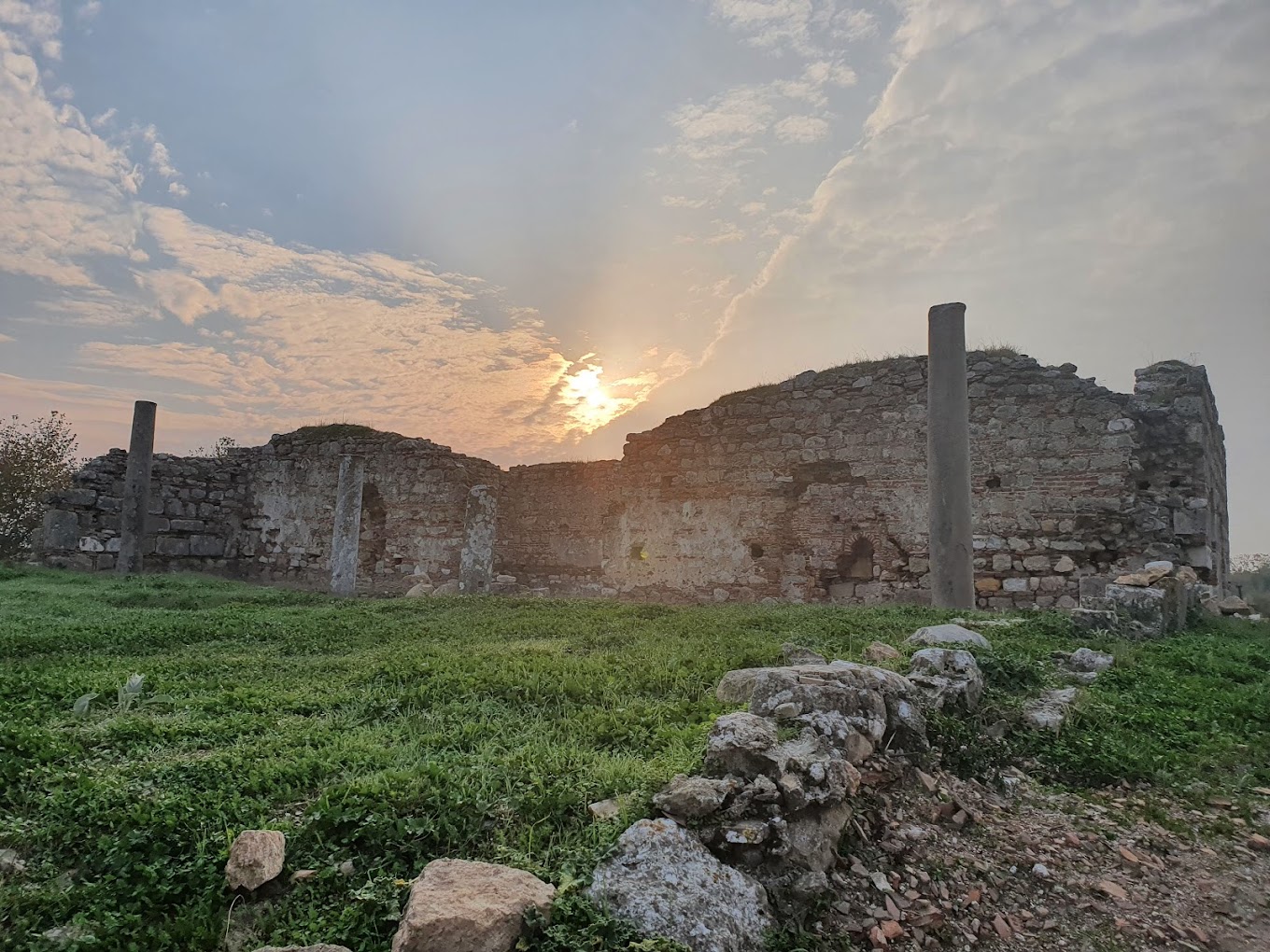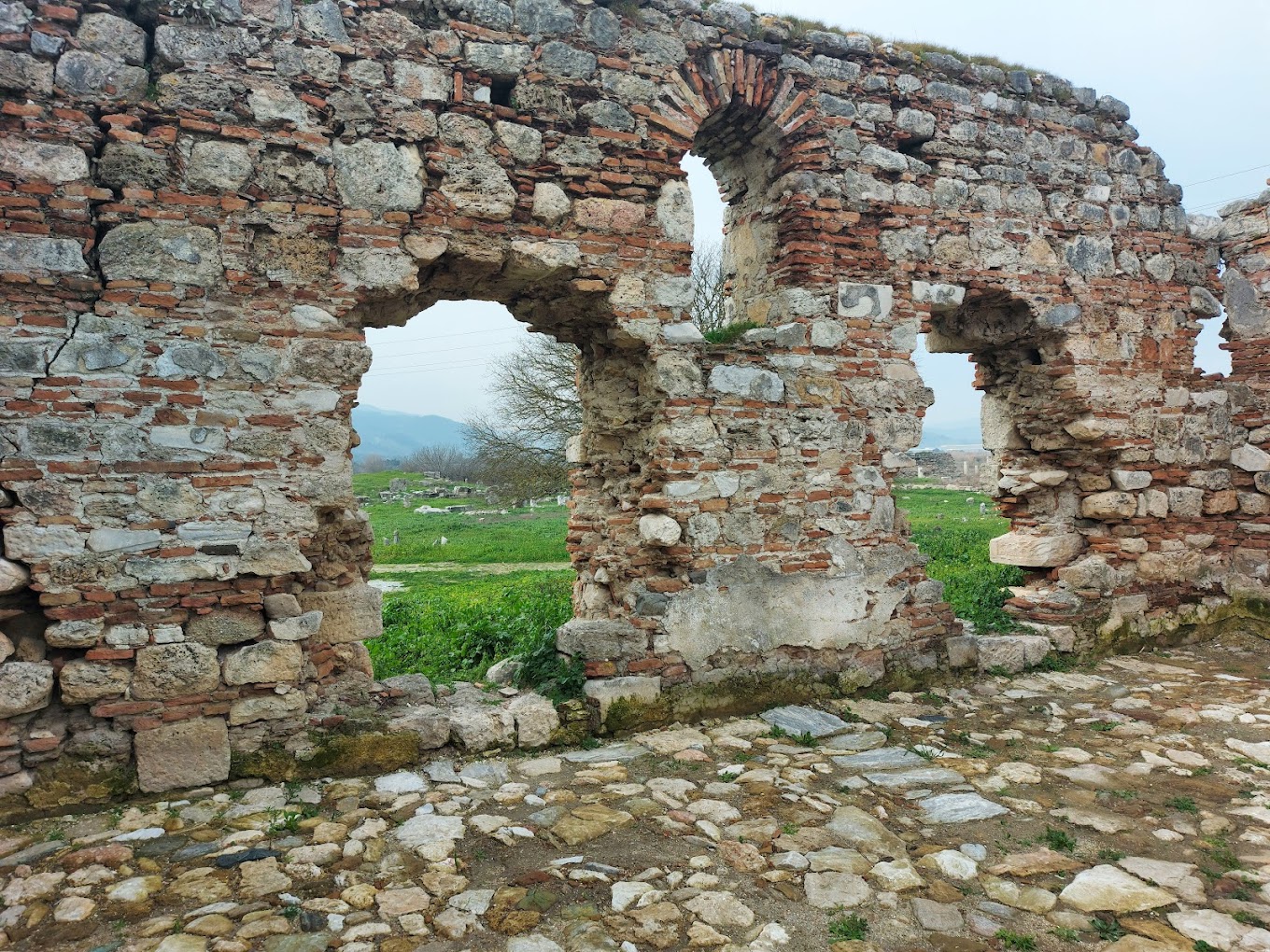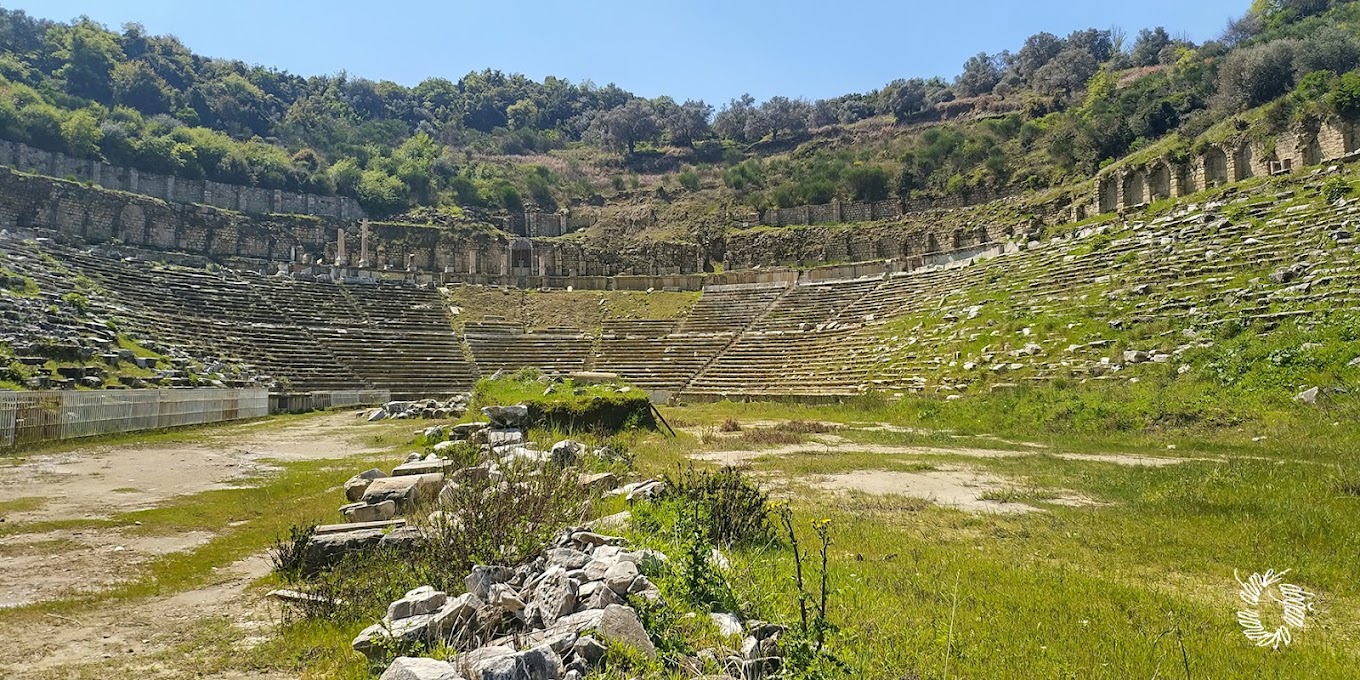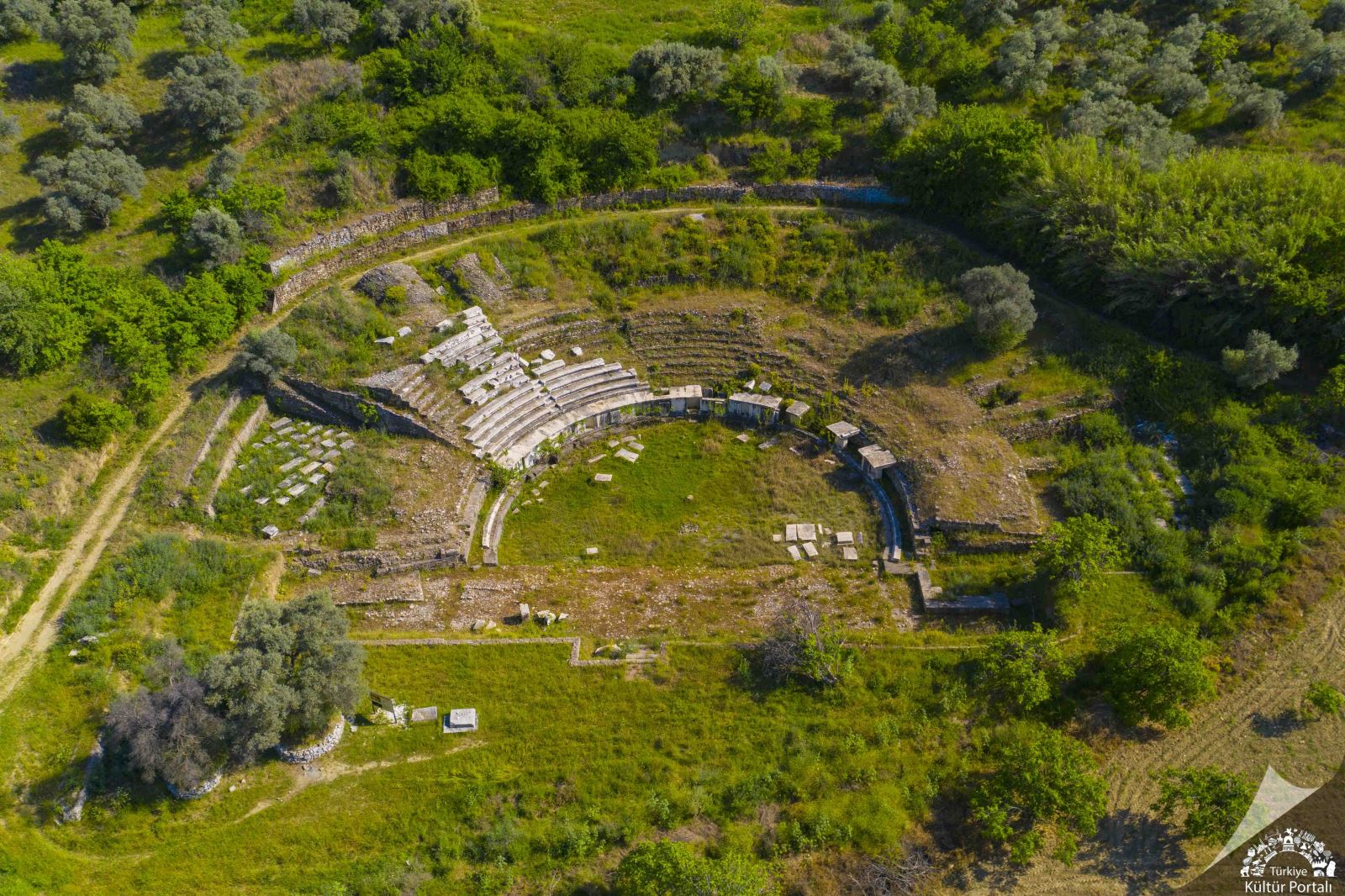If you're eager to explore the Magnesia Ancient City, you're not alone. Offering a fascinating journey, especially for history enthusiasts, the Aydın Magnesia Ancient City awaits us with its rich history and unique ruins. In this article, I will share the history and significance of Magnesia, its intriguing story, as well as transportation information, activities to do, and places to visit nearby. If you're ready, let's begin tracing the footsteps of history among the mysterious stones!

The History and Significance of Magnesia Ancient City
The Aydın Magnesia Ancient City has hosted many civilizations throughout history. According to ancient sources, this city dates back to 3000 BCE and is known as an important center of the Ionian region. The temples, theaters, and other structures built here showcase the architectural and cultural richness of the era.
This ancient city is notable not only for its architectural structures but also for its philosophical and scientific contributions. Magnesia is particularly renowned for its contributions to philosophy. The region, home to many prominent thinkers, has been a source of interest for researchers and historians throughout the ages. The surviving structures reveal the cultural heritage of its inhabitants.
Moreover, the Aydın Magnesia Ancient City is a candidate for UNESCO World Heritage status. This highlights the site's value both nationally and internationally. So, not only can you witness traces of the past, but you can also embark on a journey into the depths of history.
When you visit the Aydın Magnesia Ancient City, it’s possible to feel the enchantment of this historical texture. Therefore, it’s definitely a spot to consider when planning a trip.

The Story of Magnesia Ancient City
The Aydın Magnesia Ancient City is known as a significant settlement area in ancient times. Findings suggest that the first settlements here date back to the 3rd century BCE. According to legend, the establishment of Magnesia is linked to the Magnetes who settled in the region. With their unique cultural structures and agricultural skills, the Magnetes shaped the history of these lands.
Over time, Aydın Magnesia gained great importance as a crossroads for trade routes due to its strategic location. The city became not only a center of trade but also a hub for cultural and artistic activities. During the Hellenistic period, the city was surrounded by walls, and many significant structures were built. These structures reflect the characteristics of ancient architecture while showcasing the artistic understanding of the era. For example, the theater, agora, and temples are among the significant buildings of Aydın Magnesia.
In the Roman period, the city developed further with the expansion of the empire. Architectural works from this era are particularly noteworthy. However, earthquakes and abandoned structures over time diminished the importance of the ancient city. Thanks to excavations conducted today, its historical remnants have started to come to light. The story of Aydın Magnesia Ancient City is not just about a city but an open-air museum carrying the traces of the past.

How to Reach Aydın Magnesia Ancient City
Reaching the Aydın Magnesia Ancient City is quite easy and offers a pleasant experience. Firstly, you should know that the ancient city is located in the Aydın province. It’s about a 30-minute drive from Aydın city center—a very short distance! If you wish to travel by private vehicle, simply follow the D525 highway towards Didim from Aydın. As you proceed along this route, you can enjoy the stunning natural scenery.
If you prefer public transport, there are various minibus services available from Aydın city center. While traveling to Aydın’s countryside, famous for its stone structures, you can enjoy the journey with these minibusses. The drivers and local people will ensure you reach the ancient city without any trouble. Along the way, the green areas and historical textures surrounding you will captivate your eyes, making you feel as if you’ve embarked on a historical journey.
When you arrive at Magnesia Ancient City, you’ll be greeted by fascinating ruins and captivating stories. After a long journey, the excitement of discovering this historical treasure is truly unparalleled!

Activities to Do in Magnesia
When I visited the Aydın Magnesia Ancient City, I was impressed by the variety of activities available. Strolling among the ancient ruins, you experience the joy of being intertwined with history. First of all, sitting in the ancient theater and listening to the echoes of the past is an incredible experience. This place attracts not only history enthusiasts but also art lovers.
Hiking and Nature Observation
The surroundings of Magnesia are also notable for their natural beauty. After exploring the ancient ruins, hiking is a great option. Walking in the nearby green areas relaxes your mind and allows you to breathe fresh air. During these hikes, the trees and birds you frequently encounter create a pleasant atmosphere.
Cultural Events
During my visit, I had the chance to participate in events organized by the local community. These events included traditional music performances, dance shows, and gastronomy presentations. Experiencing local flavors offers a completely different experience. Such activities not only reveal the cultural richness of the region but also allow visitors to connect with the local people.
Photography
Lastly, it’s impossible to leave Aydın Magnesia Ancient City without photographing its unique landscapes! These ancient ruins allow you to capture stunning shots from every angle. Watching the sunset and immortalizing this moment is especially enjoyable. Combining elements of history and nature, you’ll undoubtedly create unforgettable memories here.
The Aydın Magnesia Ancient City, as a perfect blend of history and nature, offers numerous activities for visitors. When you come here, don’t just explore—make sure to enjoy the moment with these activities!

Places to Visit Around Magnesia Ancient City
There are many places to explore in the Aydın area, showing that the Aydın Magnesia Ancient City is just the beginning. First, I recommend visiting the nearby Tralleis Ancient City. This ancient city, with its ruins and breathtaking views, takes you on a historical journey. Its ancient theater and agora reveal how cities once lived.
Additionally, for those who wish to discover the natural beauty of Aydın, the walking paths around the Meander River are an excellent alternative. A short nature walk here allows you to relax and enjoy the scenery. Besides nature walks, the nearby Aphrodisias Ancient City is another remarkable spot to visit. Wandering among its ruins, you can find many traces of the past.
Finally, experiencing Aydın’s unique flavors is another delight. By exploring local markets, you can taste fresh vegetables, herbs, and regional products. The surroundings of Aydın Magnesia Ancient City offer not only historical treasures but also cultural and natural beauties, ensuring you create unforgettable memories.


 English
English Türkçe
Türkçe